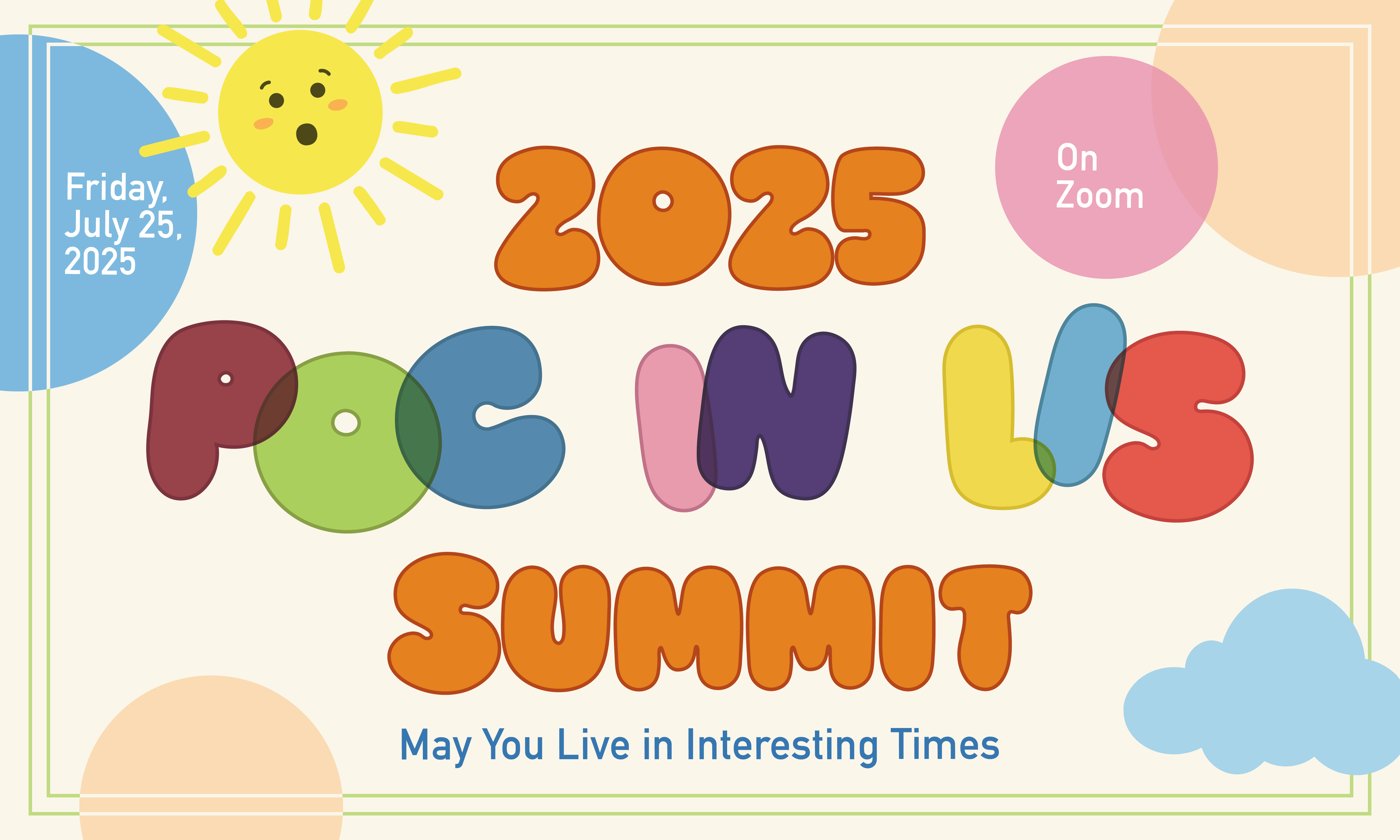Event Type
Lightning Talk
Start Date
25-7-2025 1:15 PM
End Date
25-7-2025 2:00 PM
Description
In this session, I’ll share how I’ve used the inclusive language strategies I learned in the ACUE Inclusive Teaching for Equitable Learning course to improve library instruction and create more equitable spaces for students. Language is powerful, and the way we speak can either open doors or unintentionally create barriers for students from diverse backgrounds. By using inclusive language, we can ensure all students feel respected, valued, and supported in the library.
I’ll walk through simple, practical examples of how inclusive language can be applied in library workshops, one-on-one research appointments, and everyday interactions with students. Whether it’s using gender-neutral terms or being mindful of cultural sensitivity, small language shifts can make a big difference in how students experience the library.
I’ll also talk about how expressing confidence in students—especially those from marginalized groups—can help fight imposter syndrome and create a sense of belonging. When students feel like they belong, they’re more likely to succeed and engage with library resources.
By the end of the session, you’ll have some concrete strategies for using inclusive language in your own library instruction or in interactions with patrons, helping to build a more welcoming and equitable learning environment for all students.
Outcomes
- Identify simple changes in language that can create a more inclusive and welcoming environment in library instruction.
- Apply inclusive language in one key aspect of their library instruction, such as presentations, workshops, or one-on-one student interactions.
- Reflect on how expressing confidence in students can influence student engagement and success, especially for those from marginalized backgrounds.
Using Inclusive Language in Library Instruction to Foster Equitable Spaces
In this session, I’ll share how I’ve used the inclusive language strategies I learned in the ACUE Inclusive Teaching for Equitable Learning course to improve library instruction and create more equitable spaces for students. Language is powerful, and the way we speak can either open doors or unintentionally create barriers for students from diverse backgrounds. By using inclusive language, we can ensure all students feel respected, valued, and supported in the library.
I’ll walk through simple, practical examples of how inclusive language can be applied in library workshops, one-on-one research appointments, and everyday interactions with students. Whether it’s using gender-neutral terms or being mindful of cultural sensitivity, small language shifts can make a big difference in how students experience the library.
I’ll also talk about how expressing confidence in students—especially those from marginalized groups—can help fight imposter syndrome and create a sense of belonging. When students feel like they belong, they’re more likely to succeed and engage with library resources.
By the end of the session, you’ll have some concrete strategies for using inclusive language in your own library instruction or in interactions with patrons, helping to build a more welcoming and equitable learning environment for all students.
Outcomes
- Identify simple changes in language that can create a more inclusive and welcoming environment in library instruction.
- Apply inclusive language in one key aspect of their library instruction, such as presentations, workshops, or one-on-one student interactions.
- Reflect on how expressing confidence in students can influence student engagement and success, especially for those from marginalized backgrounds.




